Section 12.1 The Planets
1
solarsystem.nasa.gov/planets/uranus/overview/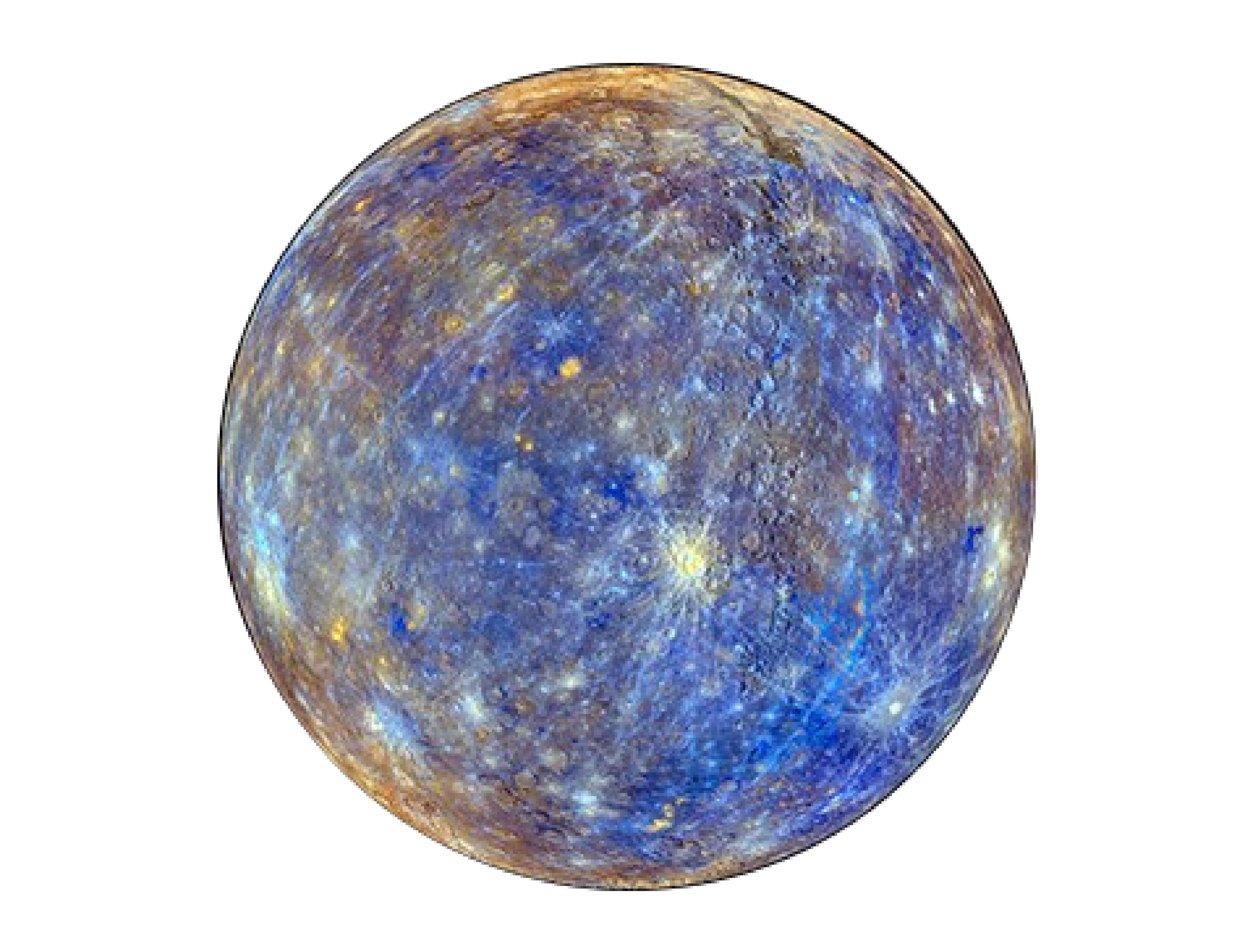 |
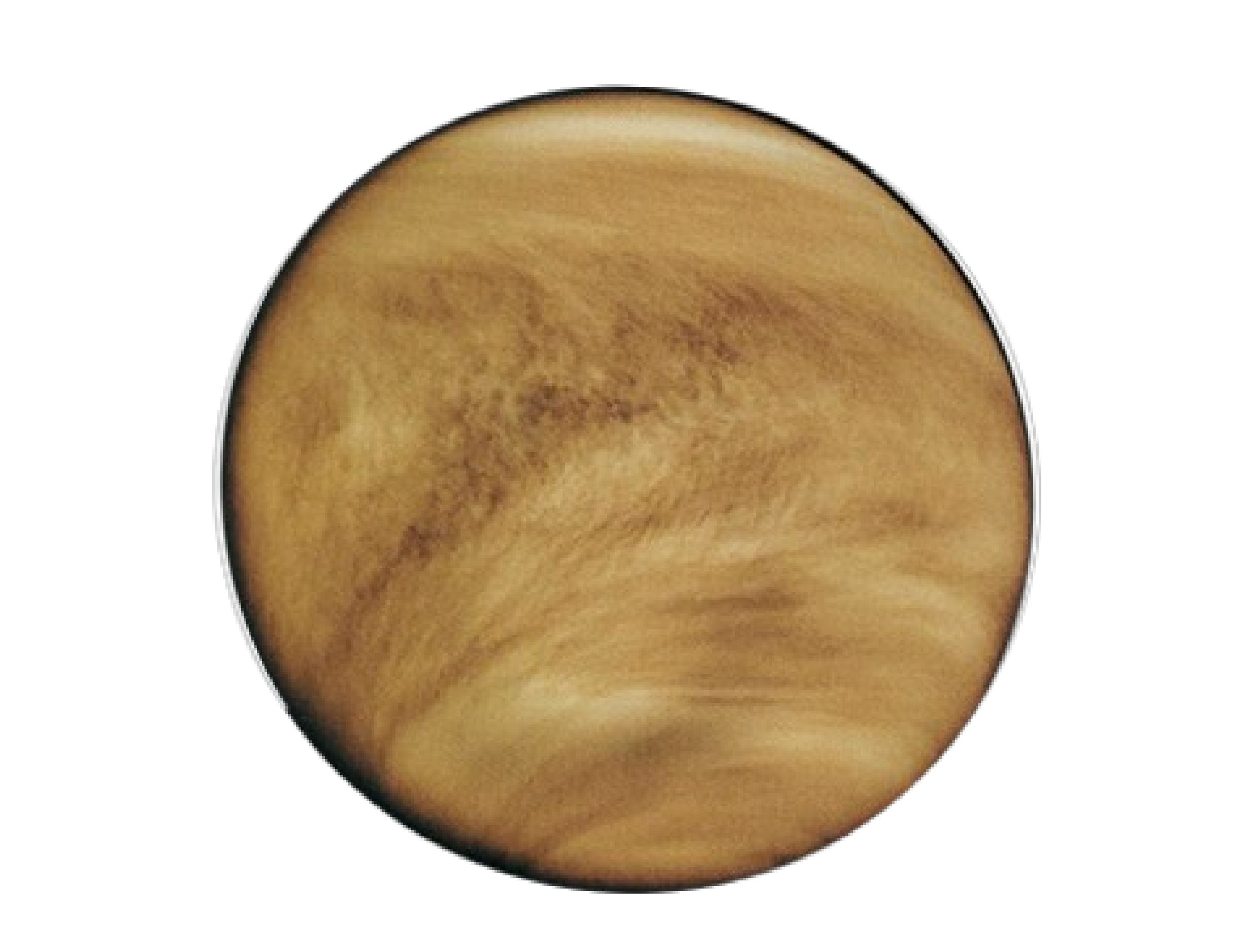 |
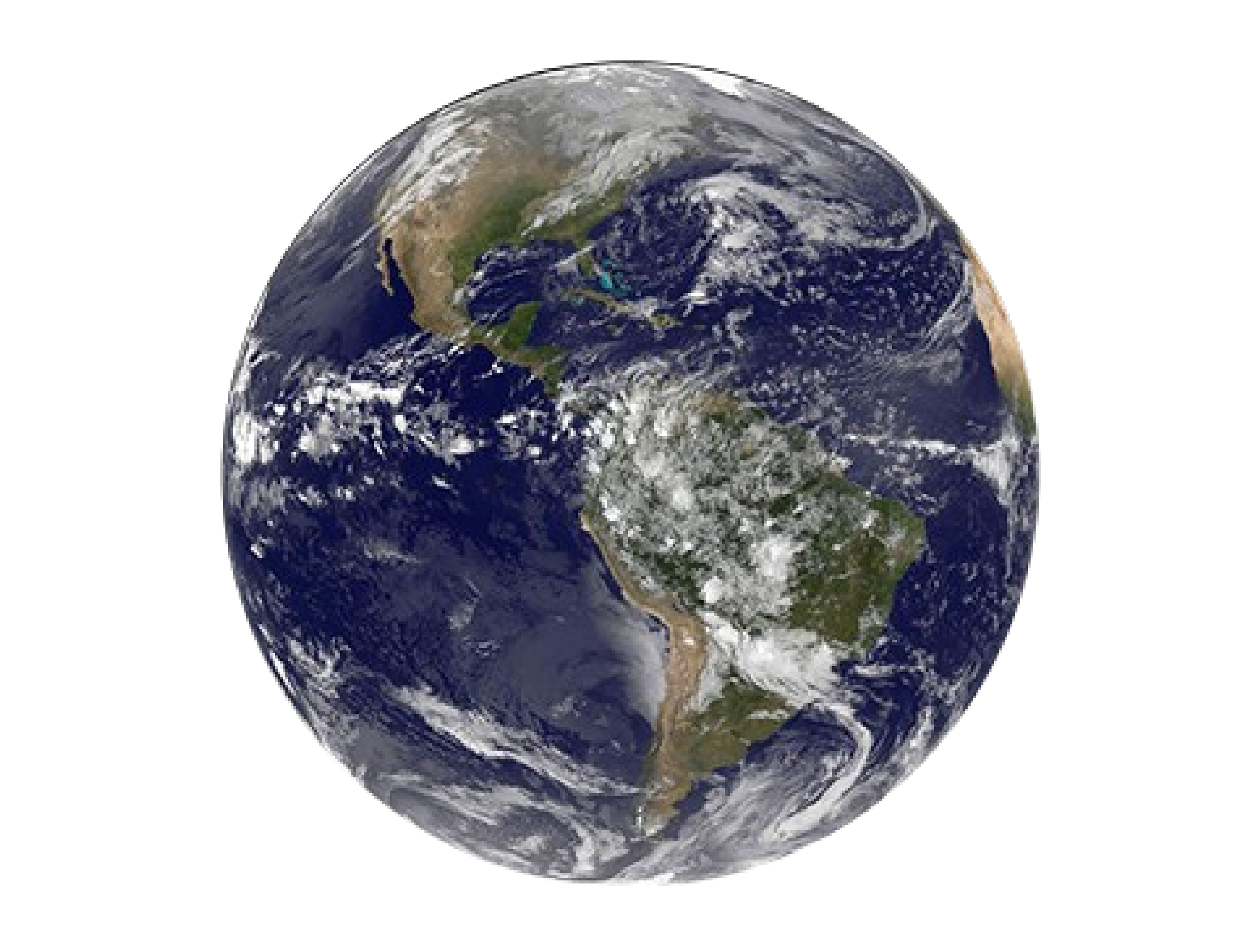 |
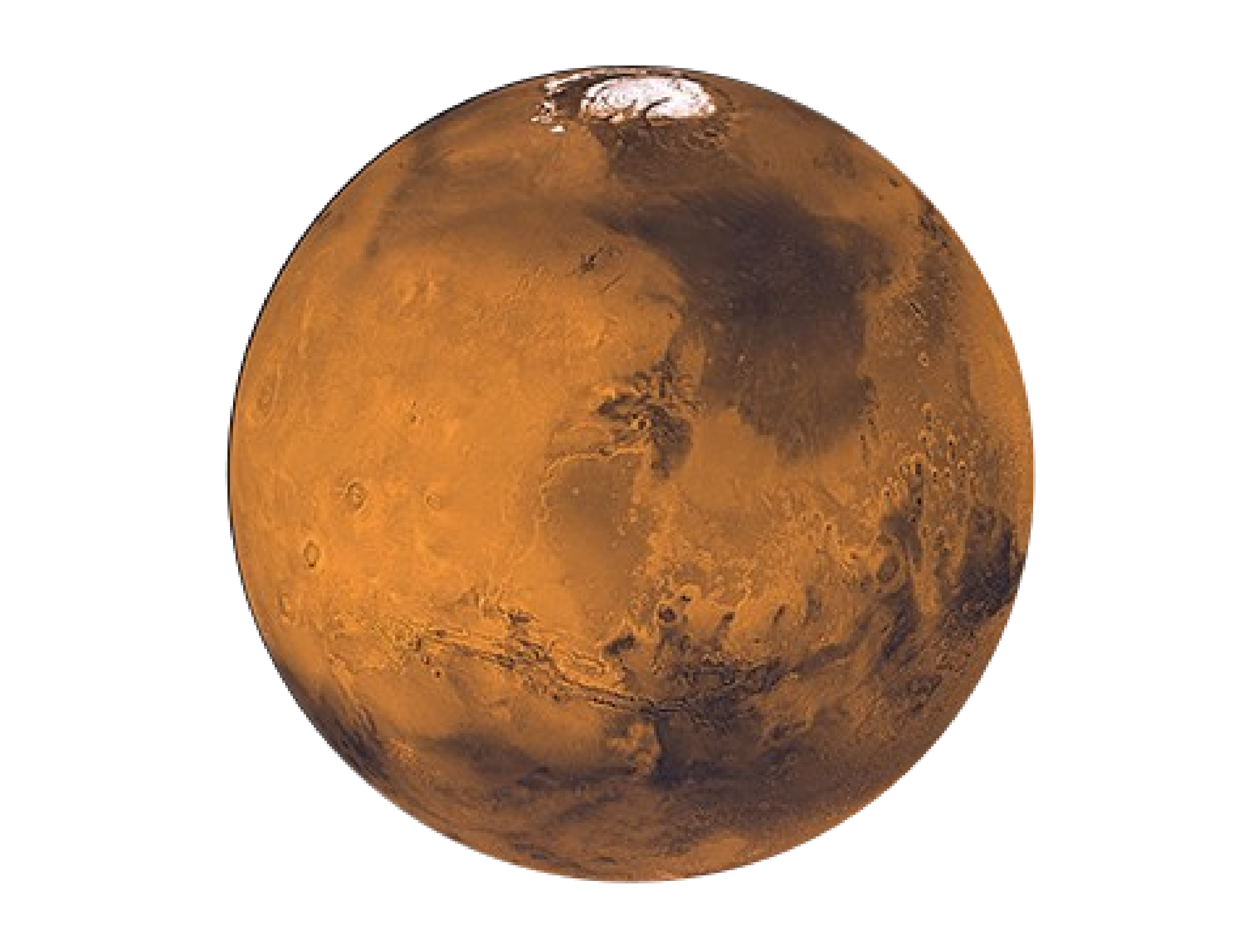 |
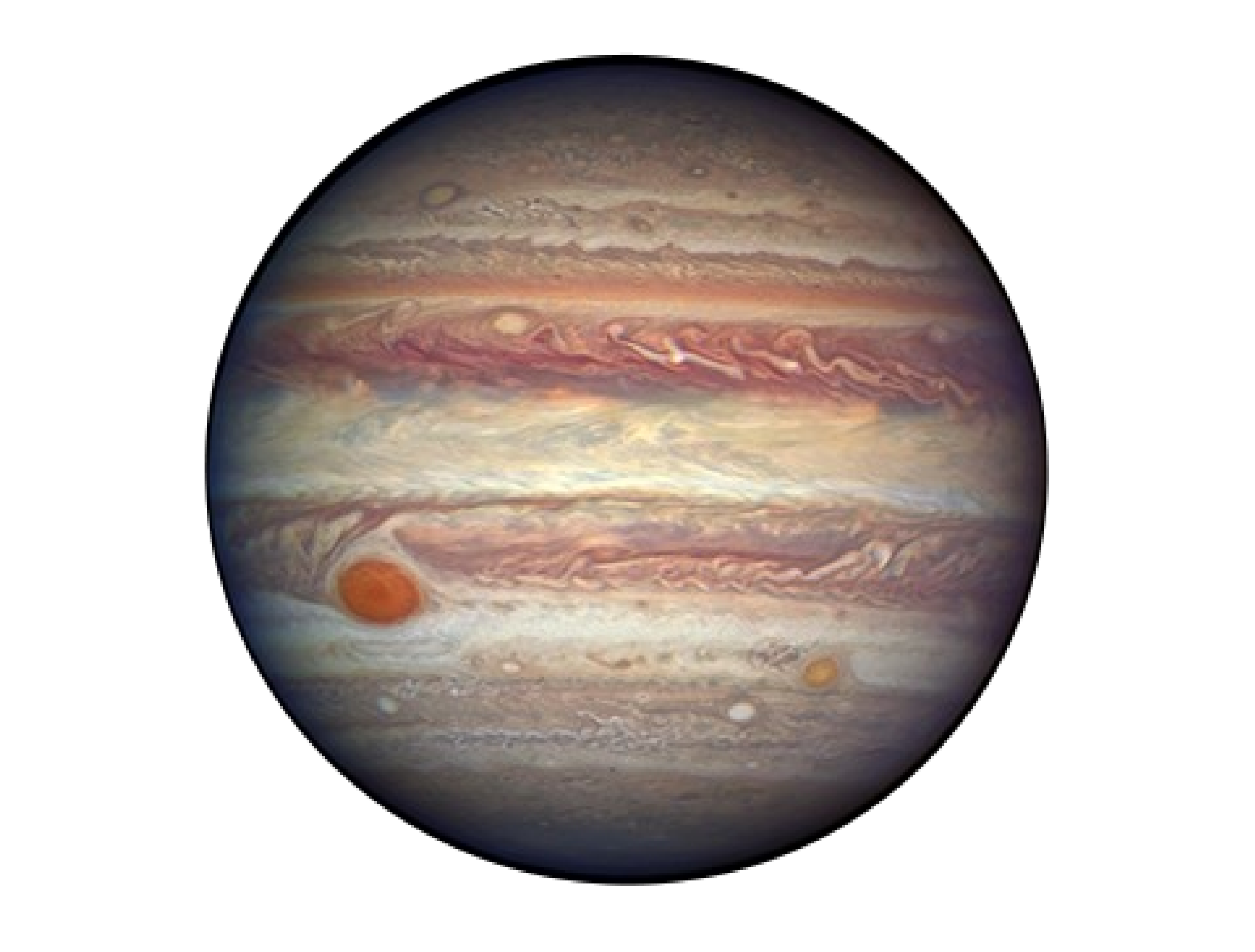 |
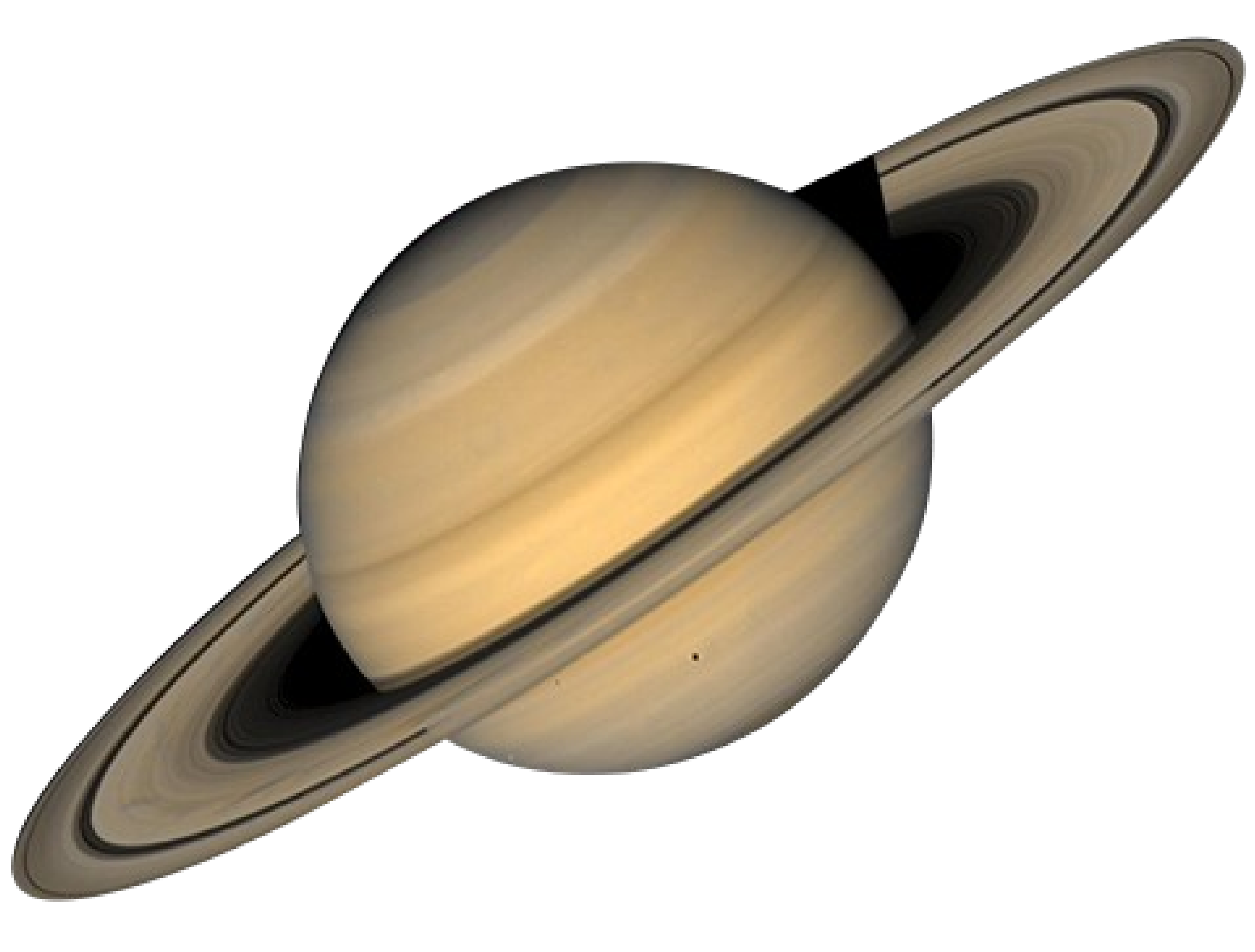 |
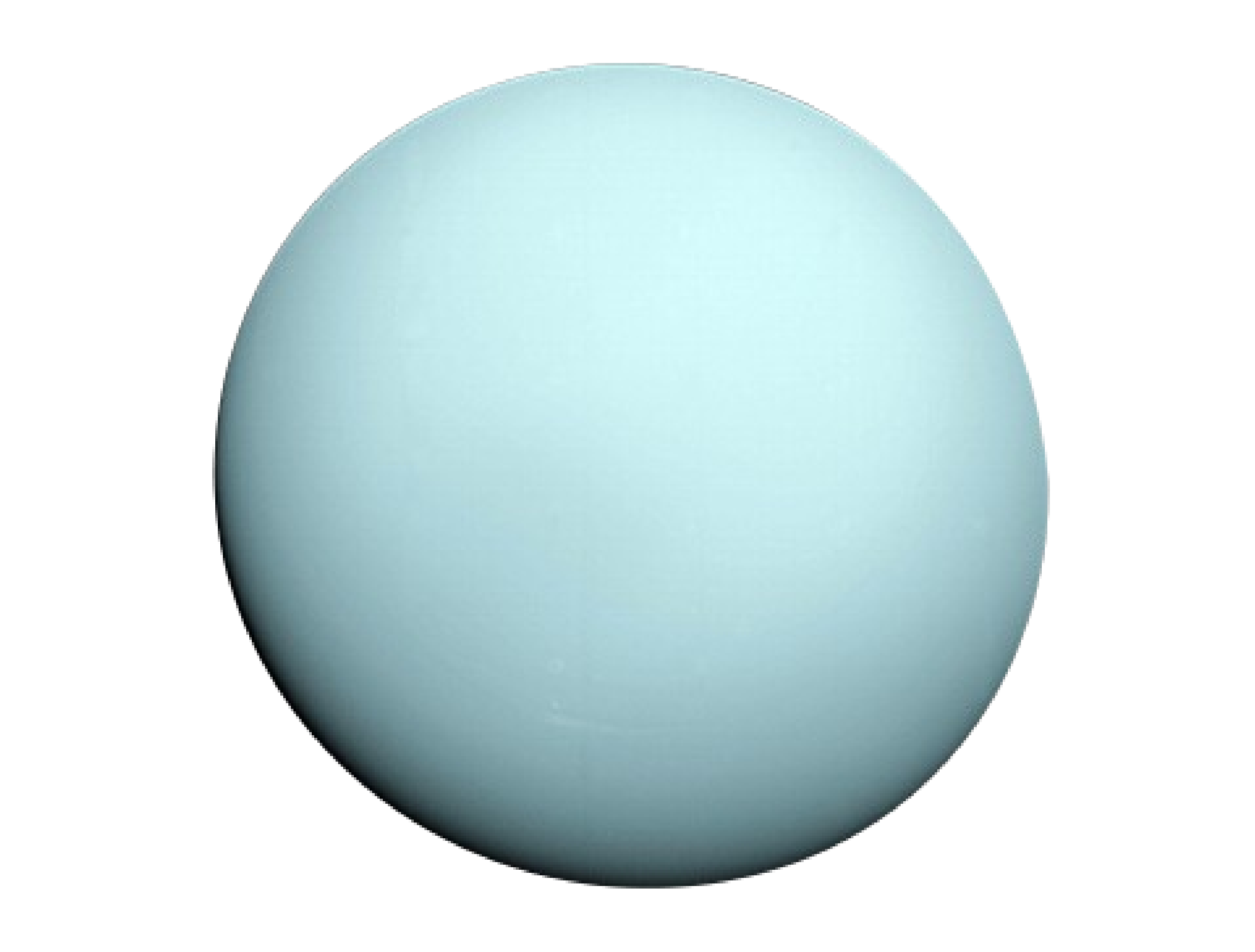 |
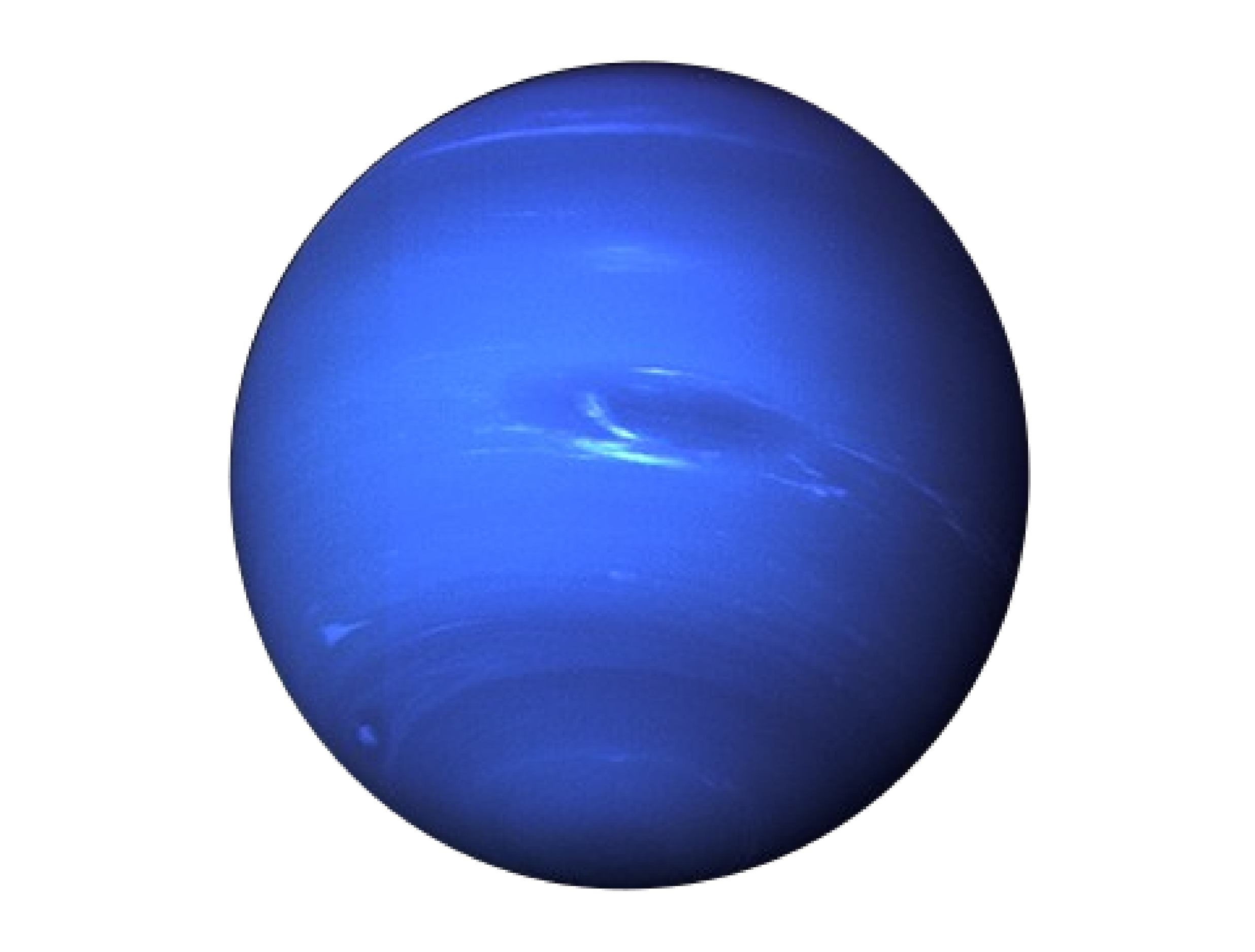 |
Mercury [Figure 12.1.2] is the closest planet to the sun in our solar system. It is named after the Roman messenger god Mercury, who was known for his speed. Mercury is the smallest planet in our solar system and has a diameter of only 4,880 kilometers (3,032 miles). Mercury’s surface is heavily cratered and has a rocky, barren landscape. It has no atmosphere to speak of and experiences extreme temperature fluctuations between its day and night sides due to its proximity to the sun. During the day, temperatures can reach up to 430 degrees Celsius (800 degrees Fahrenheit), while at night, they can drop to as low as -180 degrees Celsius (-290 degrees Fahrenheit). Mercury was visited by the Mariner 10 spacecraft in the 1970s, and more recently by the Messenger spacecraft from 2011 to 2015.
Mercury is tidally locked to the Sun, which means that the same side of Mercury always faces the Sun. This is because of its day and year period. Mercury takes about 59 earth days to complete one rotation on its axis. That is Mercury’s rotational period (day) is approximately 176 Earth days, which is about 2/3 of its year (orbital period around the Sun). This means that one day on Mercury (one complete rotation on its axis) takes about 176 Earth days, while one year on Mercury (one complete orbit around the Sun) takes about 88 Earth days.
\begin{equation*}
88\times 2/3 = 58.67 \approx 59 \,days
\end{equation*}
Mercury’s surface is rocky and heavily cratered, with vast plains, mountains, and cliffs. Its surface features are similar to those of our Moon, with large impact craters, smooth plains, and steep cliffs. However, Mercury’s surface is more diverse and complex than the Moon’s surface. One of the most prominent features on Mercury is the Caloris Basin, a large impact crater that measures about 1,550 kilometers in diameter. The basin is surrounded by a ring of mountains and contains a variety of geological features, such as smooth plains, chaotic terrain, and scarps. Mercury also has many other large impact craters, such as the Rembrandt Basin and the Beethoven Basin, which are some of the largest impact basins in the solar system.
